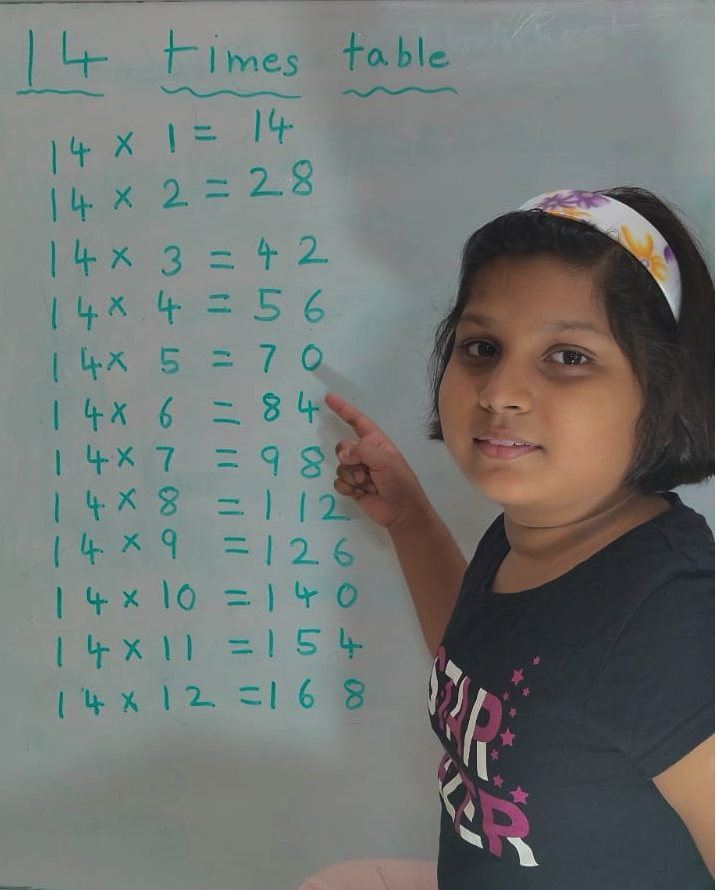Rationalization
We know that irrational numbers are those which can’t be expressed in the ‘p/q’ form where ‘p’ and ‘q’ are integers. But these rational numbers can be used in rational fractions as either numerator or denominator. When these numbers are present in numerators of fractions, calculations can be done. But when these exist in denominators of fractions, they make calculations more difficult and complicated. To avoid such complications in the numeric calculations, we use method of rationalization. Hence, rationalization can be defined as the process by which we eliminate radicals present in the denominators of fractions.
To understand the concept in a better let us have a look at below solved examples based on rationalization:
1. Rationalization by multiplication of both numerator and denominator by a root:
(i) Rationalize 1√2.
Solution:
Since √2 is a irrational number and is present in denominator of the fraction. So, we first need to rationalize it. This can be done by multiplying both numerator and denominator by √2. So,
1√2× √2√2
⟹ √22
(ii) Rationalize 1√5.
Solution:
Since √5 is a irrational number and is present in denominator of the fraction. So, we first need to rationalize it. This can be done by multiplying both numerator and denominator by √5. So,
1√5× √5√5
⟹ √55
(iii) Rationalize 1√11.
Solution:
Since √11 is a irrational number and is present in denominator of the fraction. So, we first need to rationalize it. This can be done by multiplying both numerator and denominator by √11. So,
1√11×√11√11
⟹ √1111
2. Rationalization by multiplication with conjugate.
In the fractions that have irrational numbers in the form of addition or subtraction in the denominators of fraction, we use the method of multiplication with conjugate for rationalizing the fraction and making the problem a simplified.
We have, (x + √y)(x - √y) = x2 - (√y)2 = (x2 - y) which is a rational number.
Thus, by multiplying the irrational number (x + √y) by the irrational number (x - √y) we get a rational numebr. Here, (x - √y) is the rationalising factor of (x + √y). Similarly, (x + √y) is the rationalising factor of (x - √y).
The irrational number (x - √y) is also called the conjugate irrational number, or conjugate, of (x + √y). Similarly, (x + √y) is the conjugate of (x - √y).
For example:
The conjugate of (5 + √7) is (5 - √7)
The conjugate of (5 - √7) is (5 + √7)
The conjugate of (10 + √3) is (10 - √3)
The conjugate of (10 - √3) is (10 + √3)
Below given are the examples on rationalizing the fractions by multiplying with conjugate:
(i) Rationalize 14+√2.
Solution:
Since, the given problem has irrational term in the denominator with addition and subtraction format. So we need to rationalize using the method of multiplication by conjugate. So,
14+√2 × 4−√24−√2
⟹ 4−√242−√22, [Since, (a + b)(a - b) = a2 - b2}]
⟹ 4−√216−2
⟹ 4−√214
So, the required rationalized number is:
4−√214
(ii) Rationalize13−√5.
Solution:
Since, the given problem has irrational term in the denominator with addition and subtraction format. So we need to rationalize using the method of multiplication by conjugate. So,
13−√5 × 3+√53+√5
⟹ 3+√532−√52, [Since, (a + b)(a - b) = a2 - b2}]
⟹ 3+√59−5
⟹ 3+√54
⟹ So, the required rationalized number is 3+√54
Irrational Numbers
Definition of Irrational Numbers
Representation of Irrational Numbers on The Number Line
Comparison between Two Irrational Numbers
Comparison between Rational and Irrational Numbers
Problems on Irrational Numbers
Problems on Rationalizing the Denominator
Worksheet on Irrational Numbers
From Rationalization to HOME PAGE
Didn't find what you were looking for? Or want to know more information about Math Only Math. Use this Google Search to find what you need.
Recent Articles
-
Vertical Subtraction | Examples | Word Problems| Video |Column Method
Mar 22, 25 05:20 PM
Vertical subtraction of 1-digit number are done by arranging the numbers column wise i.e., one number under the other number. How to subtract 1-digit number vertically? -
Worksheet on 11 Times Table | Printable Multiplication Table | Video
Mar 22, 25 05:08 PM
Worksheet on 11 times table can be printed out. Homeschoolers can also use these multiplication table sheets to practice at home. -
Worksheet on 10 Times Table | Printable Multiplication Table | Video
Mar 21, 25 03:46 PM
Worksheet on 10 times table can be printed out. Homeschoolers can also use these multiplication table sheets to practice at home. -
5th Grade Prime and Composite Numbers | Definitions | Examples | Math
Mar 21, 25 12:18 AM
5th grade prime and composite numbers -
14 Times Table | Read and Write Multiplication Table of 14| Video
Mar 20, 25 04:03 PM
In 14 times table we will learn how to read and write multiplication table of 14. We read fourteen times table as:One time fourteen is 14 Two times fourteen are 28 Three times fourteen are 42





New! Comments
Have your say about what you just read! Leave me a comment in the box below. Ask a Question or Answer a Question.